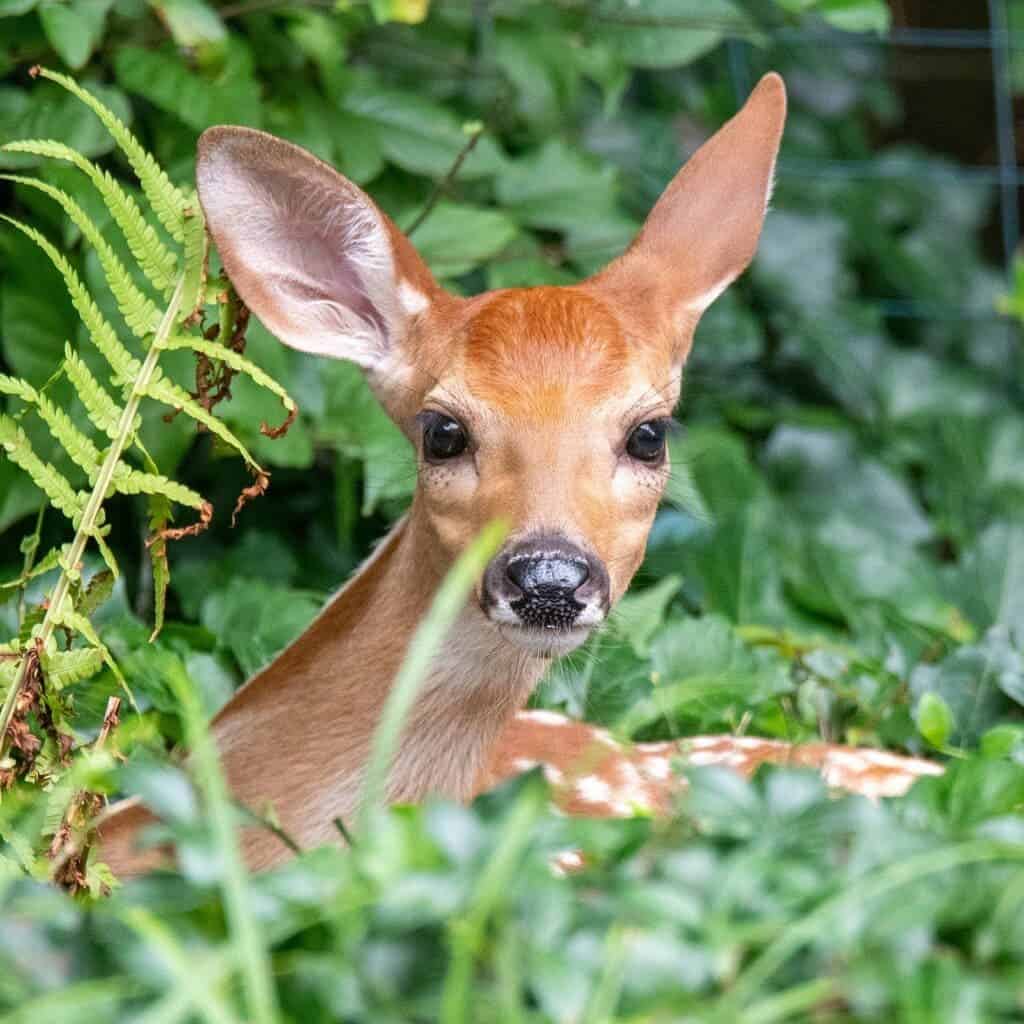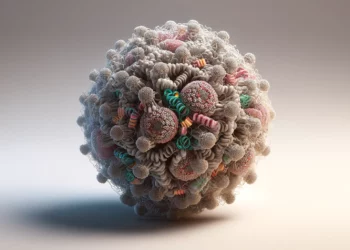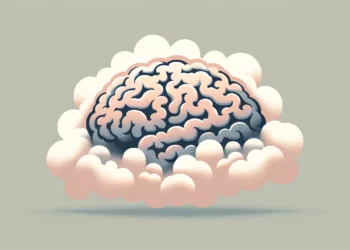The coronavirus can and did infect white-tailed deer, according to new research. The findings raise some concerns regarding our efforts to contain the virus, as deer could act as a ‘reservoir species’ igniting further outbreaks.

Researchers at the Ohio State University report that white-tailed deer have tested positive for recent or active coronavirus infections in Northeast Ohio. The results are based on samples taken between January and March of 2021.
While there have been no reported cases of COVID-19 spreading from deer to humans, the authors warn that seeing the virus take hold among deer could pose a threat to public health later down the line. The main concern is that deer could become a reservoir species for the coronavirus, making efforts to control or eradicate the pathogen much more difficult. It also raises the risk of reinfection with the strains currently circulating among deer, or with new strains that mutated through the interaction between the coronavirus and the deer.
Foothold
“Based on evidence from other studies, we knew [deer] were being exposed in the wild and that in the lab we could infect them and the virus could transmit from deer to deer. Here, we’re saying that in the wild, they are infected,” explains Andrew Bowman, the study’s author and professor of veterinary preventive medicine at The Ohio State University.
“And if they can maintain it, we have a new potential source of SARS-CoV-2 coming into humans. That would mean that beyond tracking what’s in people, we’ll need to know what’s in the deer, too.”
The findings are based on nasal swabs taken from 360 wild white-tailed deer across nine different areas in Northeast Ohio. Genetic material indicative of a recent or active coronavirus infection was identified in over 35% (129) of the deer, in samples taken from six locations. Three different strains of the virus were identified in these tests.
The study builds on previous findings of coronavirus infection among white-tailed deer in Iowa, Illinois, Michigan, New York, and Pennsylvania.
The findings lead “toward the idea that we might actually have established a new maintenance host outside humans,” according to Bowman. The virus could mutate in deer, potentially creating an opportunity for new strains to reach humans. It’s also possible that the virus will circulate unmutated among deer while it continues to evolve in humans. If the general population loses immunity to these original strains, the deer could provide an avenue through which they could spill back into our communities.
It’s not yet clear how deer became infected with the coronavirus, nor what (if any) effect this has on their bodies. So far, the team is working on the assumption that the animals contracted the virus by drinking contaminated water, as the coronavirus is known to shed through human stool.
The paper “SARS-CoV-2 infection in free-ranging white-tailed deer” has been published in the journal Nature.






